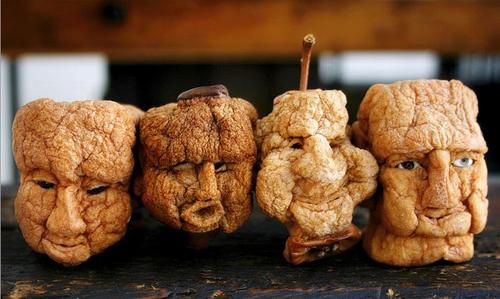S.E.Lindberg rated it: 5 of 5 stars
We Are All Legends is a must-read for fans of doomed protagonists (Karl Wagner’s Kane, Michael Moorcock’s Elric, David Gemmell’s Druss, etc.). It is Sword and Sorcery for the adult crowd. Darrell Schweitzer tapped into his extensive weird fiction expertise to craft this great string of tales. It is gritty, poetic, and intellectually rewarding. We Are All Legends mixes the horrific atmosphere of H.P. Lovecraft, with the story telling action of R. E. Howard, with the emotive style of C.A. Smith.
A quote best communicates the motivations of Julian, a warrior jaded by the crusades who is cursed by evil forces. An apostate, shunning the god who shunned him. Julian is a selfish man, as the character reveals in the story Divers Hands : “I had many times longed for death. But then the familiar terror came… After death—damnation, the eternal torments I could escape only for a brief time while I lived. Like all men, I am ultimately selfish. I would sacrifice the whole world to escape Hell even for a short while. I could kill myself only on a sudden, saving impulse swifter than thought. If I reasoned what was right, just, and the moral thing to do, I would forget all about rightness, justice, and morality, and be paralyzed.”
What kind of atmosphere will readers experience? Haunting, yet beautiful. Just read this dose from The Riddle of the Horn: “The trees of earth, those which were solid and not phantasms of the snow, thinned out as I left the forest and moved into open country once again. It was foolish for me to do so, but as soon as they were out of sight—and they were almost at once—all directions looked the same and the only real thing was the agony of cold and of further motion. The wind stung my face with renewed fury, sweeping long and far over rolling hills and fields, no longer broken or held back by ancient trunks. I was without destination, like a corpse bobbing on an endless sea.”
And what horrors will the reader face? Not your typical demons, but indescribable evil. From the story The Unknown God Cried Out: “When the man came within the circle of the firelight, I could see that he had no face, and thus no mouth, and that was why he did not speak. In the place of a face there was a black oval, not a mask, not a burnt sore, but an absolute, limitless void sinking into his head in all defiance of perspective and dimensions. I feared if I looked at it too long I would be drawn into it, out of the universe altogether…”
In summary, We Are All Legends is a gateway to Hell and beyond. As I read it I felt that rewarding anxiety of "really" experiencing the unknown, running through meticulously constructed dioramas that only a sorcerer like Schweitzer could conjure. Great fun.
View all my reviews





















